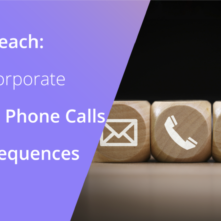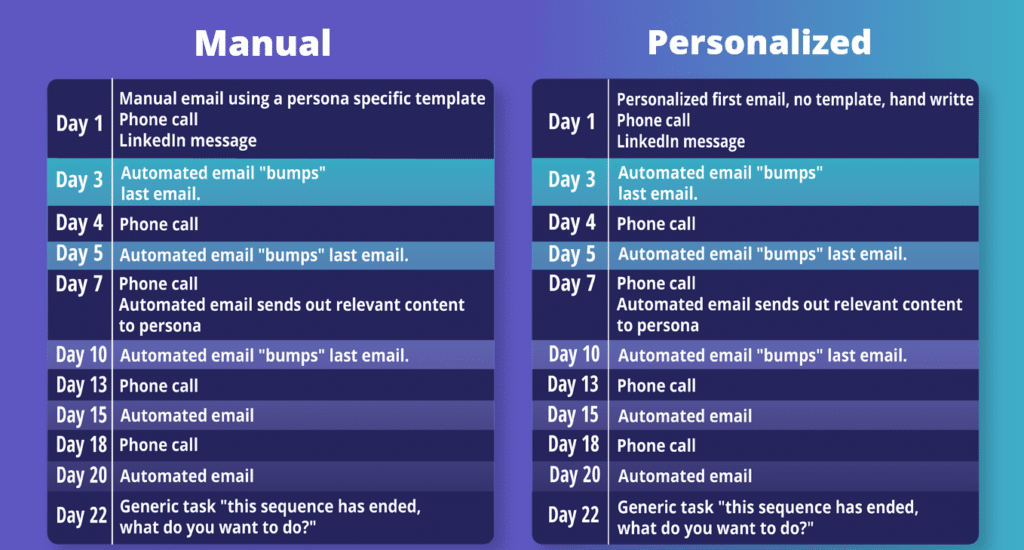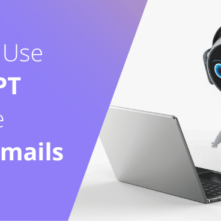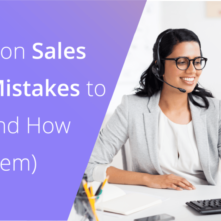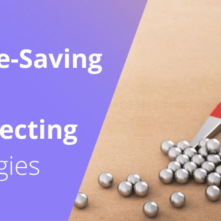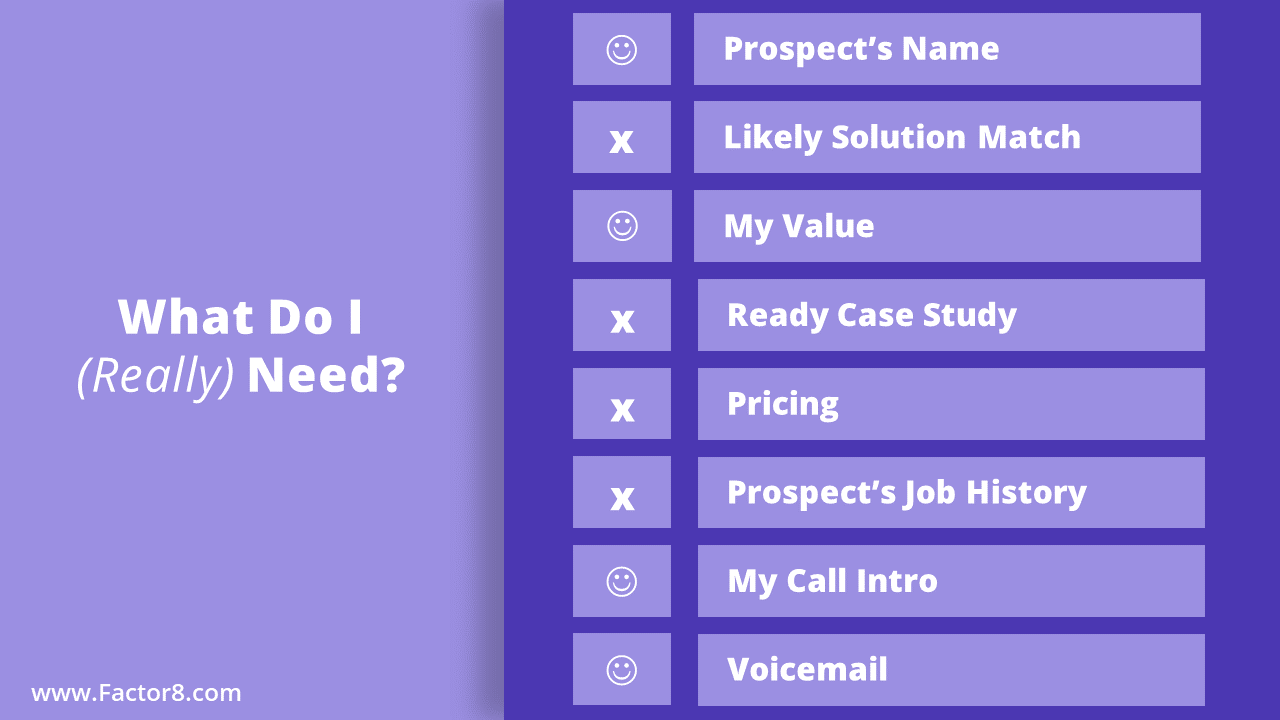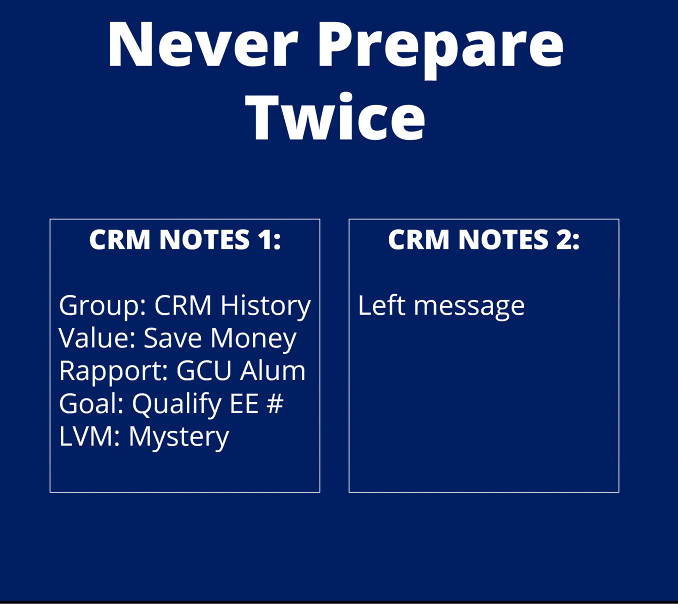Gen Z and Millennials have grown up in an interconnected world with most information available at their fingertips.
Based on current trends, they value two aspects more than anything when judging a brand – speed and authenticity.
Both generations are accustomed to instant gratification thanks to the internet and evolved communication tools. They also value brands that take a strong stance against injustice.
As a more optimistic and ethically minded group, Gen Z and Millennials make calculated decisions when buying something (especially if it’s outside the tech industry!)
For that reason, selling to Gen Z and Millennials requires a certain level of knowledge, understanding, and sales intelligence.
Here are our top tips on how to tailor your selling approaches to both Gen Z and Millennials.
Understanding Gen Z and Millennials
Understanding Gen Z and Millennials significantly helps how you approach selling to them. Here’s some key factors highlighting their similarities and differences:
- Technology Use: While both generations are tech-savvy, Gen Z has grown up with smartphones and social media, making them more comfortable with technology than Millennials. As a result, Gen Z tends to rely more heavily on online reviews and social media when making purchasing decisions.
- Brand Loyalty: Millennials are often associated with being loyal to specific brands, but Gen Z tends to be more open to trying new products and experimenting with different brands. They prioritize value and authenticity over brand loyalty, and are more likely to switch to a different brand if they feel it better aligns with their values.
- Social and Environmental Consciousness: Both generations prioritize social and environmental issues, but Gen Z is more likely to take action on these issues. They seek out brands that share their values and are more likely to the ones that positively impact the world.
- Communication Style: Gen Z tends to prefer shorter, more direct communication through text messages and emojis, while Millennials are more likely to use longer-form communication like email and phone calls. You can even notice the difference in the resume examples of each generation. While Millennials focus on achievements and uniformity, Gen Z is more likely to experiment with custom design resumes and unique one-liners within their content.
- Social Media Influence: Both generations are heavily influenced by social media, but Gen Z is more likely to engage with influencers and user-generated content. They trust peer reviews and user-generated content more than traditional advertising.
- Shopping Habits: Millennials are often associated with being bargain shoppers, while Gen Z prioritizes convenience and speed. Gen Z is more likely to make purchases through their mobile devices and value free shipping and easy returns.
- Financial Outlook: Millennials came of age during the Great Recession, so they are generally more financially cautious. Gen Z is more optimistic about their financial future and tends to be more willing to spend money on experiences and products that align with their values.
READ: Sales Pitch Tips to Engage Prospects
Tips on Selling to Gen Z and Millennials
First up, let’s reiterate that Millennials and Gen Z prefer authenticity and the ability to be quick and efficient. Keeping that in mind, here are five tips on how to sell to Gen Z and Millennials.
1. Differentiate Between Self-Service and Customer Support
Seems contradictory, right? Both generations actually WANT self-service options while equally expecting excellent customer service.
Gen Z and Millennials want to become an active part of the buying process because they need as much information as possible. They also want the decisions to be final on their terms.
They actively gather as much information as possible on their (and try out free trials) before contacting a brand. Both generations would rather learn more about a product themselves or through organic customer reviews than hear about it from the brand or its sales reps, especially when a new product is involved.
For example, selling a healthcare CRM to a Gen Z or millennial customer should not be done through cold calling or emailing. Instead, adopting a more personal approach is better. Introduce them to the product and allow them to take it for a test run!
At the same time, both generations also expect complete customer support from brands. This can be done through customer service reps, social media, or other easily accessible ways for them to directly communicate and seek assistance.
2. Adherence to Personalization
Gen Z and Millennials have been constantly bombarded with information their entire lives. Over time, this leads to information saturation, especially when today there are tons of competitors in every business space.
So the bottom line is that true differentiation is only noticed by these groups when there’s personalization involved.
Traditional advertisements involve targeting a massive audience with the same ad and message (like typical TV ads). It worked because people didn’t have enough information available, and they couldn’t use their phones to research a product and check out its reviews quickly.
But that’s the FIRST thing Gen Zers and Millennials do today!
Capturing their attention alone requires a little more effort – you want to make them feel like they’ve been specifically targeted. This is also a great way for brands to show that they care about their customers.
DOWNLOAD: Human-Centered Communication
3. Fast Media Is Key
It’s no secret that videos have become one of the most consumed forms of media. While it started with Vine’s six-second videos, we now have TikTok, Instagram Reels, and stories on multiple social media platforms.
This form of fast media is what most Gen Z and Millennials consume on a daily basis. This is where they trust information on current events, find entertainment, and buy products.
Gen Z typically uses social media like TikTok as a search engine rather than Google. Think about that for a second – that means a huge part of selling to Gen Z and Millennials involves effectively marketing on these social platforms.
General social media ads do not cut it. You need to provide quick, consumable content that’s engaging and enlightening. What value are you bringing to them? That’s how you build a following and a loyal community today.
READ: Value-Adding with the SWIIFT℠ Selling Methodology
4. Use Their Language
In order to communicate with Gen Z and Millennials effectively, you need to speak their language. Don’t toss in phrases or words they use nowadays (especially if you don’t know the meaning or social connotation) while keeping the rest of your business tone professional.
Authenticity trumps all. One of the easiest ways to do it? Get that form of insight directly from the source by hiring a millennial or Gen Z employee.
Speaking their language involves using their specific vocabulary, using their jokes and memes, and any relevant acronyms.
Remember these are often very trendy and constantly evolving. Make sure you’ve got someone with their finger on the pulse to continually update your brand’s language along with what’s being used by your customers.
5. Values and Activism Matters
When it comes to Gen Z and Millennials, they have very strong beliefs regarding common societal issues. They also expect their brands to adhere to those beliefs and opinions.
You can’t expect to seem authentic if you suddenly start performative allyship or activism. Gen Z and Millennials can easily call this out or feel when it isn’t sincere. And once that happens, you’ve lost their trust – and it’s unlikely you’ll win it back anytime soon.
Start establishing a strong base of values and causes your brand supports. Moreover, be open and transparent about what you’re doing for the causes you support! For example, if your brand believes in sustainability, what is it actively doing to make the business more sustainable?
You also want to make sure all aspects of the company are on the same page – from revenue, to delivery, and other teams within the organization.
READ: Improving Sales-Marketing Alignment
Final Thoughts
Selling to Gen Z and Millennials isn’t challenging if you’re actively adapting to the changing marketing landscape.
Adopting strong marketing strategies will always help your brand in the long run and allow you to build brand affinity.
One key takeaway? Have fun with it! Continue experimenting with new ways to connect with the latest generations and remember that authenticity and speed are always your number one priority.
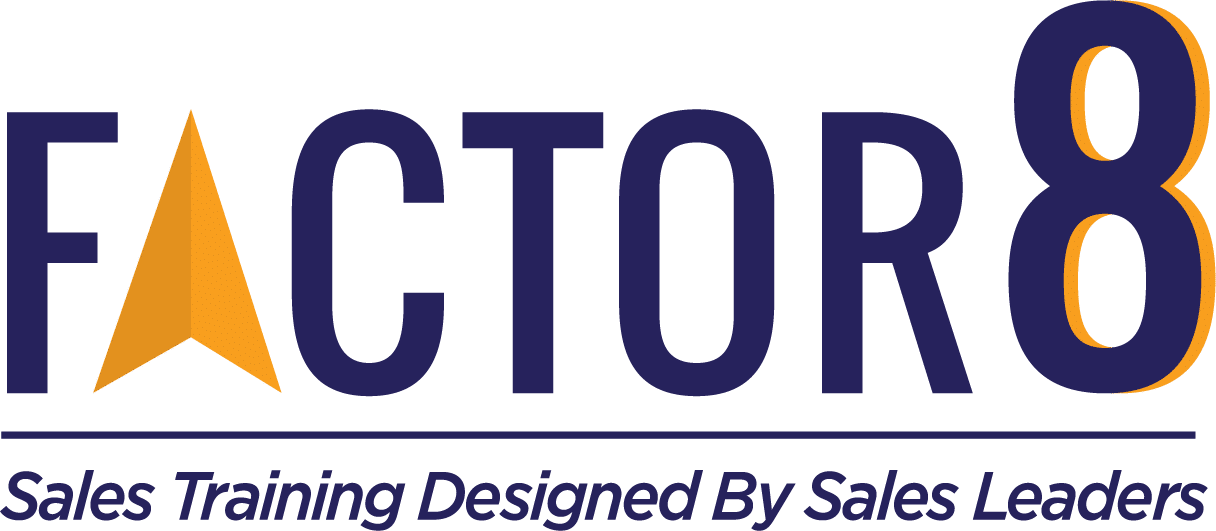


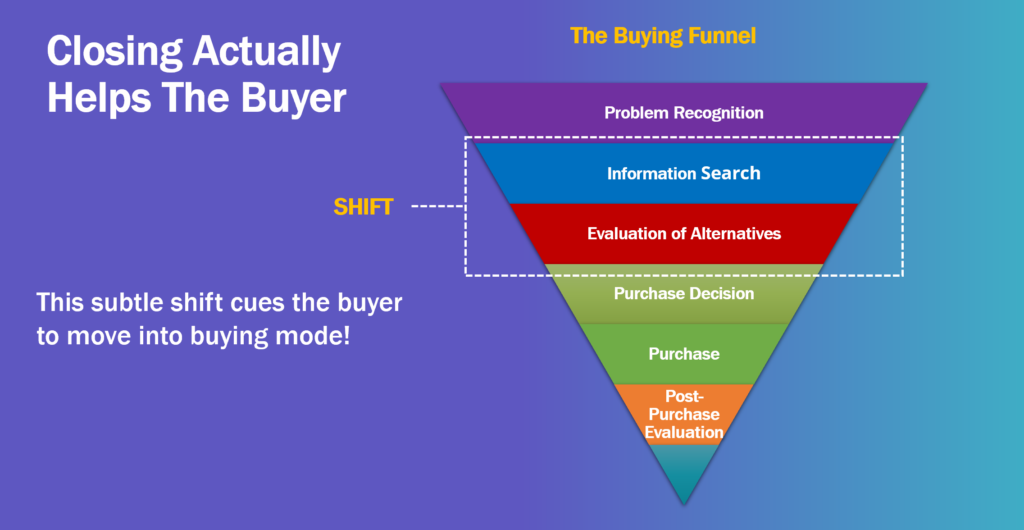 Most buyers are looking to buy.
Most buyers are looking to buy.
